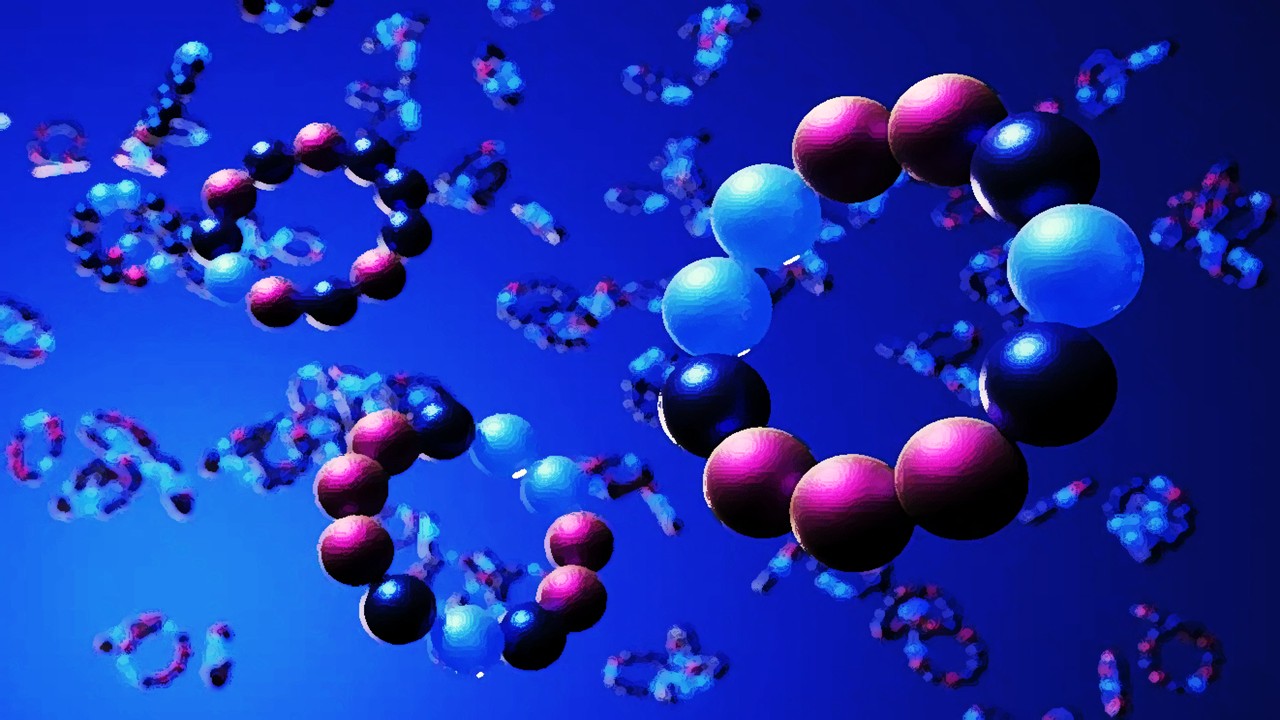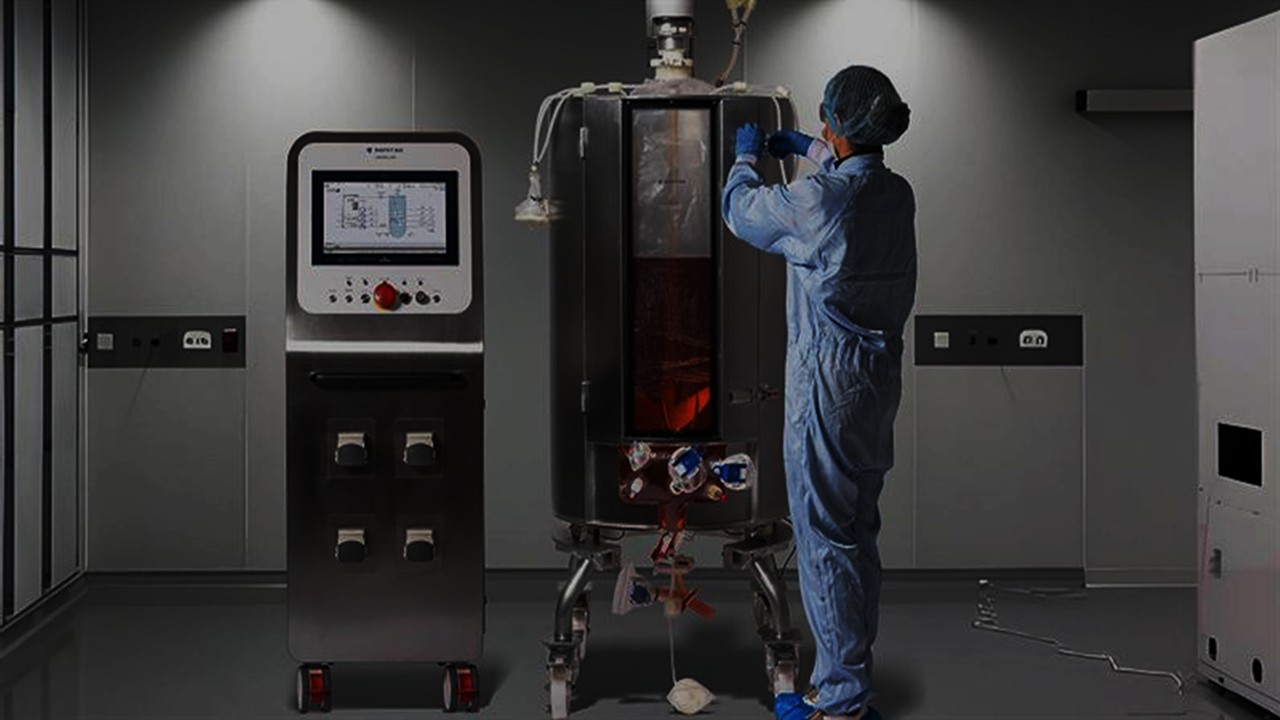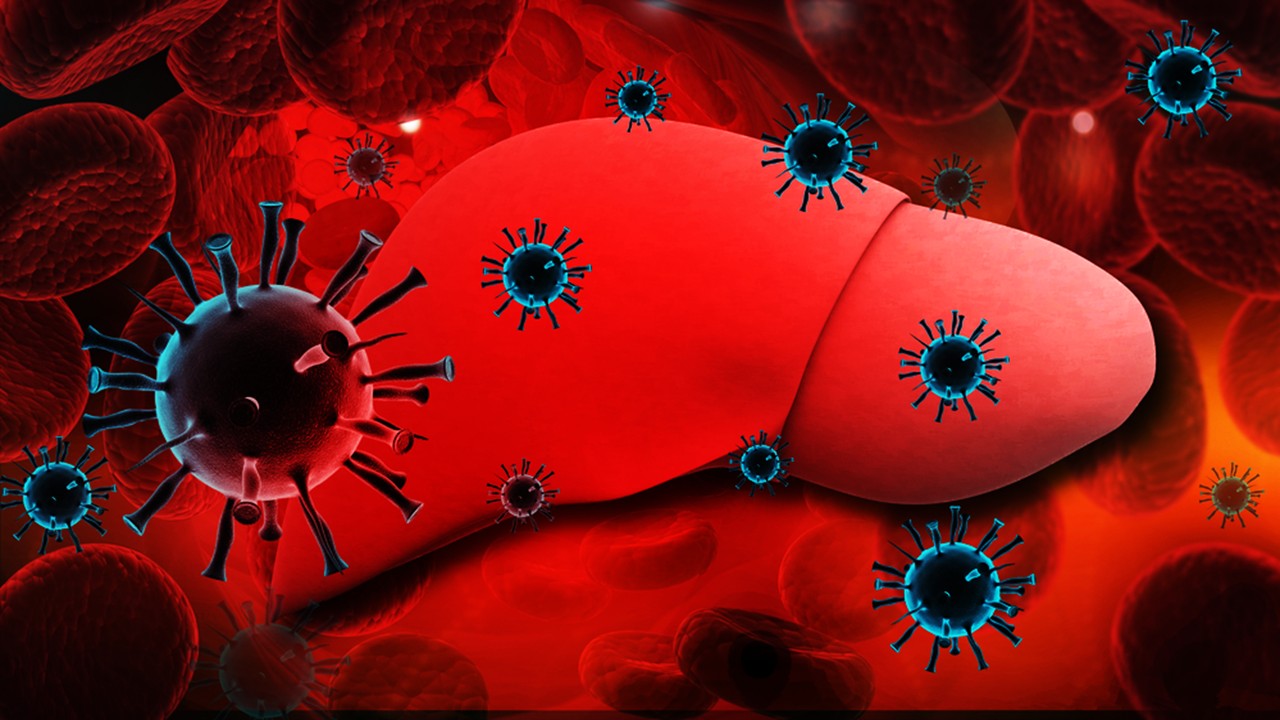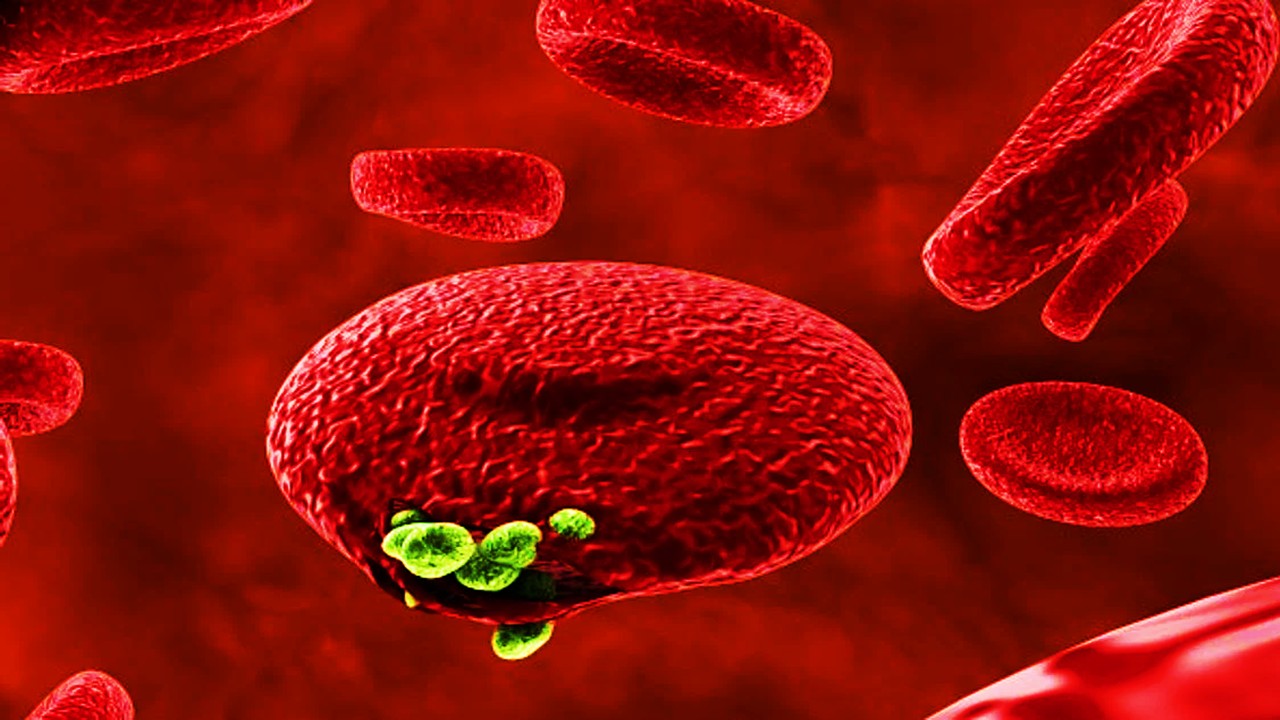The study of protein mutations delves into the intricate interplay between amino acid alterations and protein structure-function relationships, elucidating the molecular mechanisms driving disease pathology and paving the way for the development of targeted therapeutic interventions tailored to individual patients.
Exploring Protein Mutations: Stability, Binding, and Disease
Initially, the field of protein science primarily relied on site-directed mutagenesis to unravel the significance of individual amino acids in protein stability and activity. This approach involved deliberately introducing mutations at specific sites within a protein’s amino acid sequence to observe how these alterations affected the protein’s structure and function. Through site-directed mutagenesis experiments, researchers were able to identify critical amino acids essential for maintaining the stability and enzymatic activity of proteins.
However, as our understanding of genetics and molecular biology advanced, the focus of protein mutation studies shifted towards exploring the implications of genetic variants in disease susceptibility. Specifically, non-synonymous single nucleoside polymorphisms (nsSNPs), which involve single nucleotide changes in the DNA sequence leading to alterations in the corresponding amino acid sequence of a protein, became a focal point of research. These genetic variants are of particular interest because they have the potential to influence an individual’s predisposition to various diseases.
Key protein systems, such as the phage-T4 lysozyme and the barnase–barstar protein-inhibitor complex, have served as invaluable models for studying the effects of mutations on protein stability, binding interactions, and disease. By investigating these model systems, researchers have gained insights into how specific mutations can impact protein structure and function, leading to diseases such as hereditary systemic amyloidosis. Additionally, these studies have provided valuable data on how mutations affect protein-protein interactions, offering potential targets for therapeutic intervention.
Overall, the transition from site-directed mutagenesis to studying genetic variants like nsSNPs reflects the evolving landscape of protein research, with a growing emphasis on understanding the molecular basis of disease and identifying potential therapeutic targets. The insights gleaned from studying key protein systems have deepened our understanding of mutation effects on protein stability, binding, and disease pathogenesis, paving the way for advancements in personalized medicine and drug discovery.
Navigating Protein Folding: Insights Across Protein Classes
Protein folding dynamics exhibit distinct characteristics depending on the protein class, namely globular, membrane, and intrinsically disordered proteins (IDPs). Globular proteins, renowned for their compact and folded structures, achieve stability through densely packed interiors and hydrophobic cores. These proteins typically adopt well-defined three-dimensional structures essential for their biological functions.
Conversely, membrane proteins face unique folding challenges due to their insertion into lipid bilayers. Helix packing plays a crucial role in stabilizing membrane proteins within the hydrophobic environment of the lipid bilayer. The specific amino acid compositions and charge distributions within membrane proteins facilitate their integration and function within cell membranes.
Intrinsically disordered proteins (IDPs) defy conventional folding paradigms, maintaining dynamic flexibility and lacking a well-defined three-dimensional structure. Instead of rigid folding, IDPs rely on electrostatic interactions to maintain their dynamic conformations, allowing for functional versatility.
Mutational studies illuminate the diverse folding landscapes of these protein classes, uncovering differential effects on folding, stability, and dynamics. By exploring how mutations impact the folding pathways and stability of globular, membrane, and IDP structures, researchers gain insights into the fundamental principles governing protein folding across diverse biological contexts.
Mutation and Compensation: Structural Adaptability
Proteins possess a remarkable capacity for structural plasticity, enabling them to adapt and compensate in response to mutations. This structural plasticity allows proteins to maintain overall fold integrity despite the introduction of amino acid alterations. One mechanism through which proteins achieve this is conformational relaxation, wherein the protein undergoes subtle adjustments in its three-dimensional structure to mitigate the deleterious effects of mutations. By undergoing conformational changes, proteins can preserve their functional integrity, ensuring that essential biological processes proceed smoothly.
Strategic multiple mutations represent a powerful tool in elucidating the potential for de novo protein design. Systems like ribonuclease barnase showcase how targeted alterations in amino acid sequences can lead to the creation of novel protein structures with desired properties. Through strategic manipulation of the protein sequence, researchers can engineer proteins with enhanced stability, altered binding affinities, or novel functionalities. This approach underscores the intricate interplay between sequence, structure, and function in protein design and engineering.
Understanding the specificity of side-chain packing and hydrophobic patterns is crucial for deciphering the impact of mutations and the compensatory mechanisms employed by proteins. By examining how mutations affect side-chain interactions and hydrophobic packing within the protein core, researchers can predict the consequences of amino acid alterations on protein stability and function. This knowledge informs the design of compensatory mutations that restore protein stability or optimize protein function in the face of genetic variations.
The ability of proteins to exhibit structural plasticity and compensate for mutations highlights the dynamic nature of protein biology. Through strategic manipulation of protein sequences and understanding the intricacies of side-chain interactions, researchers can unlock new possibilities in protein design, engineering, and therapeutics.
Deciphering Mutations in IDPs: Implications for Disease Pathogenesis
Intrinsically disordered proteins (IDPs) represent a unique class of proteins characterized by their lack of well-defined three-dimensional structures. This intrinsic flexibility makes IDPs particularly susceptible to mutations, which can have profound implications for disease pathogenesis. Unlike globular proteins, where mutations may only moderately affect protein structure and function, mutations in IDPs often have heightened damaging effects due to the absence of a stable folded state.
One consequence of mutations in IDPs is the exacerbation of protein aggregation, a process implicated in various diseases, including cancer and neurodegenerative disorders. Disease-associated mutations in IDPs can instigate disorder-to-order transitions, where regions of the protein that were previously disordered adopt more structured conformations. These transitions amplify the propensity of IDPs to form aggregates, leading to the accumulation of misfolded proteins and contributing to disease progression.
For example, in conditions such as Alzheimer’s and Parkinson’s diseases, mutations in IDPs like amyloid beta and alpha-synuclein respectively, can promote the formation of toxic protein aggregates known as amyloid fibrils. These aggregates disrupt cellular function and are associated with neuronal damage and cell death. Similarly, in cancer, mutations in IDPs such as the tumor suppressor protein p53 can impair its ability to regulate cell growth and repair DNA damage, leading to uncontrolled cell proliferation and tumor development.
Mutations in IDPs have significant implications for disease pathogenesis, with the potential to exacerbate protein aggregation and contribute to the development and progression of various disorders. Understanding the molecular mechanisms underlying the effects of these mutations on IDP structure and function is crucial for developing targeted therapeutic strategies aimed at mitigating their deleterious effects and treating associated diseases.
Exploring Thermodynamic Landscape: Quantifying Protein Stability
Folding and binding free energies are fundamental thermodynamic parameters that play a crucial role in evaluating the effects of mutations on protein stability and function. These measures provide valuable insights into the energetics of protein folding, as well as the strength of protein-protein or protein-ligand interactions. By quantifying changes in free energy associated with mutations, researchers can assess how alterations in amino acid sequences impact the stability of protein structures and their ability to bind to specific ligands or partners.
Computational approaches have emerged as powerful tools for predicting the pathogenicity of mutations by analyzing their effects on folding and binding free energies. These methods leverage mathematical models and simulations to simulate protein dynamics and predict the thermodynamic consequences of mutations. Salt-bridge mutations, in particular, are frequently implicated in disease progression, as alterations in salt-bridge interactions can disrupt protein stability and function, leading to pathological outcomes.
Accurate structural information is essential for predicting the consequences of mutations and guiding therapeutic interventions. High-resolution structural data, such as X-ray crystallography or nuclear magnetic resonance (NMR) spectroscopy, provide detailed insights into the three-dimensional architecture of proteins and their interactions with ligands or other biomolecules. By integrating structural information with computational predictions of mutational effects, researchers can identify potential drug targets and design therapeutic interventions aimed at restoring protein stability and function in disease states.
In conclusion, folding and binding free energies serve as critical parameters for evaluating the effects of mutations on protein structure and function. Computational approaches offer valuable insights into mutational pathogenicity, particularly in identifying salt-bridge mutations associated with disease progression. Accurate structural information is essential for predicting mutational consequences and guiding the development of targeted therapeutic strategies for treating protein-related diseases.
Toward Precision Medicine: Leveraging Mutational Insights for Therapeutics
Precision medicine represents a paradigm shift in healthcare, leveraging genomic and structural insights to tailor therapeutic strategies to individual genetic profiles. By analyzing an individual’s unique genetic makeup, healthcare providers can identify specific mutations or genetic variations that may influence disease susceptibility, progression, and response to treatment. This personalized approach allows for the development of targeted therapies that address the underlying molecular mechanisms driving disease in each patient.
A key aspect of precision medicine involves the classification of mutations based on their functional impact. By categorizing mutations according to their effects on protein structure, function, and interactions, researchers can design targeted therapeutics with broad applicability across different patient populations. For example, mutations that disrupt protein-protein interactions or alter enzymatic activity may be targeted with small molecule inhibitors or monoclonal antibodies, while mutations that affect protein stability or folding may be addressed through protein engineering or chaperone therapies.
The integration of experimental and computational approaches is essential for advancing precision medicine. Experimental techniques such as next-generation sequencing, mass spectrometry, and structural biology provide valuable data on genetic variations, protein structures, and disease mechanisms. Computational methods, including molecular modeling, bioinformatics, and machine learning, enable the analysis and interpretation of complex biological data, guiding the design of personalized diagnostics and therapies.
By combining experimental and computational approaches, researchers can develop predictive models that accurately predict disease risk, prognosis, and treatment response based on individual genetic profiles. This holistic approach to healthcare promises to revolutionize diagnostics and therapeutics, ushering in a new era of precision medicine where treatments are tailored to the unique needs of each patient. As precision medicine continues to evolve, it holds the potential to improve patient outcomes, reduce healthcare costs, and transform the practice of medicine as we know it.
Charting the Course Forward
The study of protein mutations unveils a complex landscape of molecular interactions and structural dynamics. From the intricacies of protein folding to the implications for disease pathogenesis, mutations play a central role in protein biology. As we continue to unravel the molecular dynamics of mutations, precision medicine stands poised to revolutionize therapeutic interventions, offering tailored treatments informed by individual genetic profiles.
Study DOI: 10.3390/ijms20030548

Subscribe
to get our
LATEST NEWS
Related Posts
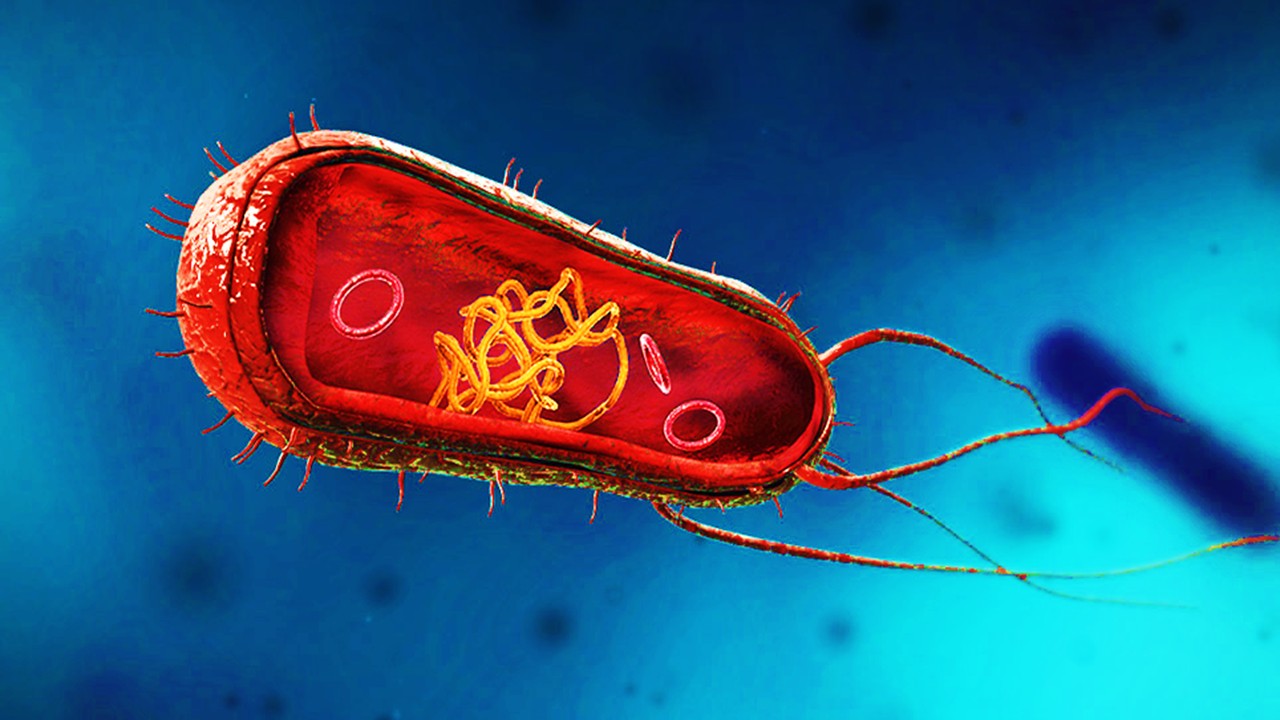
Drug Discovery Biology
Breaking Barriers: The Science Behind Designing Membrane-Disrupting Therapeutics
Membrane-disrupting agents offer a powerful therapeutic strategy by collapsing diseased cell membranes with surgical precision and structural specificity.
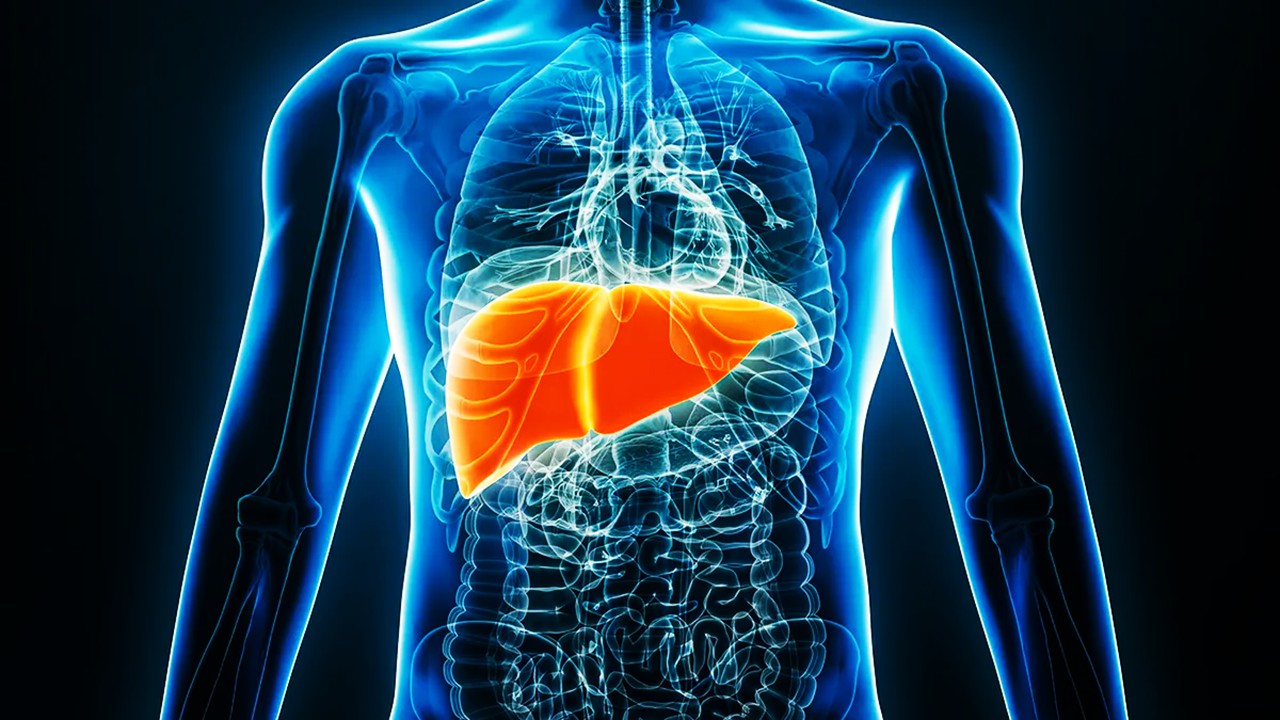
Drug Discovery Biology
Mini Organs, Major Breakthroughs: How Chemical Innovation and Organoids Are Transforming Drug Discovery
By merging chemical innovation with liver organoids and microfluidics, researchers are transforming drug discovery into a biologically precise, patient-informed, and toxicity-aware process.
Read More Articles
Tetravalent Vaccines: The Power of Multivalent E Dimers on Liposomes to Eliminate Immune Interference in Dengue
For the first time, a dengue vaccine candidate has demonstrated the elusive trifecta of broad coverage, balanced immunity, and minimal enhancement risk,
Primed by Parasites: How Malaria Exposure and Off-Target Immunity Shape RTS,S Vaccine Protection
RTS,S/AS02A leverages malaria’s immunological imprint to elicit both targeted and unexpected antibody responses, reshaping how we understand—and engineer—vaccine efficacy in exposed populations.




